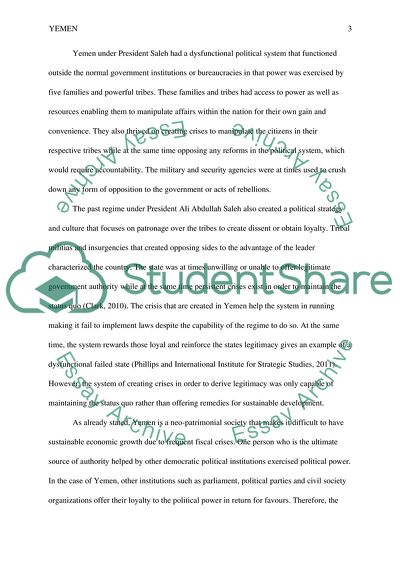Cite this document
(Yemen and its Development after Removal of President Ali Saleh Essay, n.d.)
Yemen and its Development after Removal of President Ali Saleh Essay. https://studentshare.org/politics/1826219-yemen
Yemen and its Development after Removal of President Ali Saleh Essay. https://studentshare.org/politics/1826219-yemen
(Yemen and Its Development After Removal of President Ali Saleh Essay)
Yemen and Its Development After Removal of President Ali Saleh Essay. https://studentshare.org/politics/1826219-yemen.
Yemen and Its Development After Removal of President Ali Saleh Essay. https://studentshare.org/politics/1826219-yemen.
“Yemen and Its Development After Removal of President Ali Saleh Essay”. https://studentshare.org/politics/1826219-yemen.


